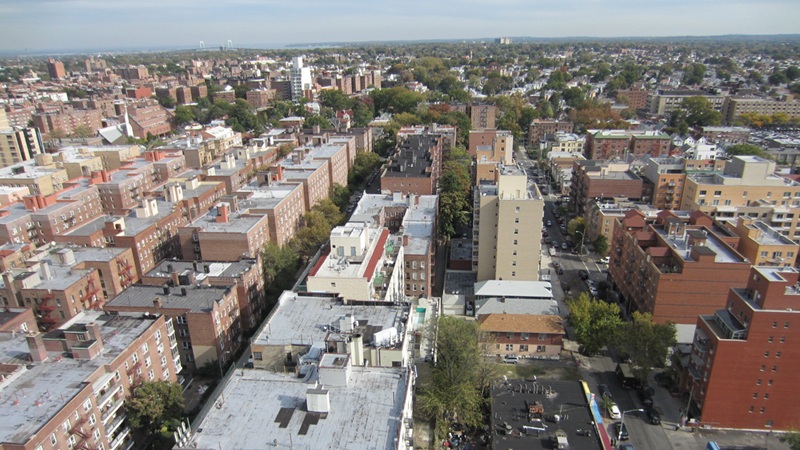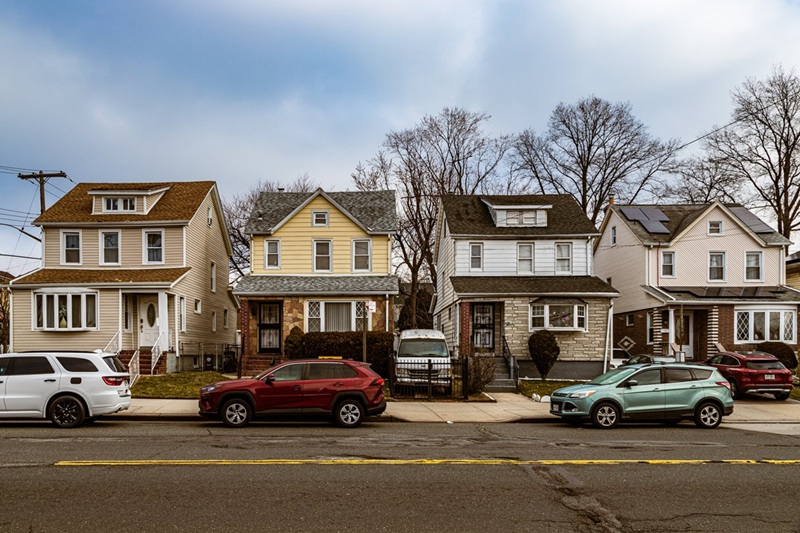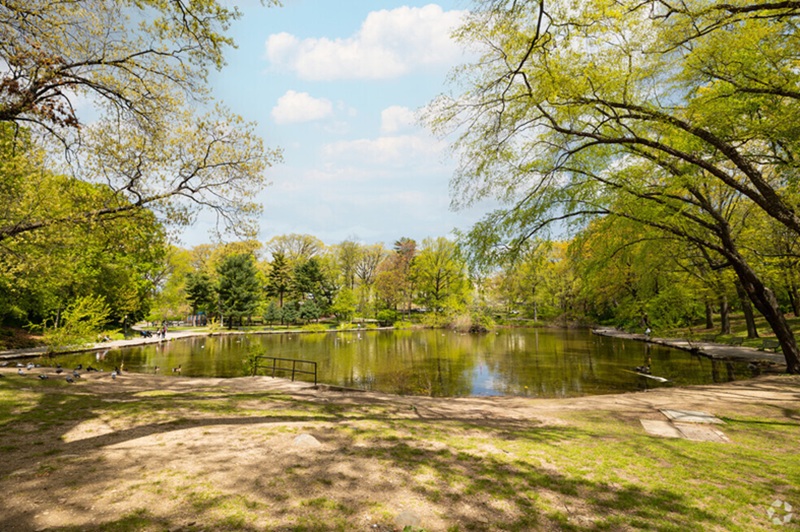
Flushing Heights, located in the northeastern section of Queens, New York, is a diverse and vibrant neighborhood with a rich cultural and historical backdrop. As one of the many communities in Queens, it stands out for its blend of residential, commercial, and recreational spaces. With its proximity to Flushing Meadows-Corona Park, one of the largest parks in the city, Flushing Heights is a unique area that balances urban living with access to green spaces.
History of Flushing Heights
Flushing Heights has evolved over time, starting as a largely residential area in the early 20th century. It was originally farmland, with many properties dedicated to the agricultural pursuits common in Queens at the time. As Queens grew, the area became more urbanized, with multi-family buildings and small businesses sprouting up in response to the increasing population.
Flushing itself is one of the oldest communities in Queens, established in the 17th century. The area’s historical roots are still evident today, with many buildings and landmarks reflecting its rich past. Flushing Heights became part of this broader historical context, with development accelerating in the post-World War II era, as Queens saw rapid expansion.
Demographics and Cultural Diversity
One of the most remarkable features of Flushing Heights is its cultural diversity. Queens, as a whole, is known for being one of the most ethnically diverse areas in the world, and Flushing Heights is no exception. The neighborhood is home to a mix of ethnic groups, including a significant Asian population, particularly Chinese and Korean residents. This cultural melting pot is reflected in the local businesses, restaurants, and community organizations.
The neighborhood’s diversity has influenced its culinary scene, with a wide variety of Asian restaurants, markets, and food shops catering to the tastes and preferences of the local community. Flushing Heights has earned a reputation as one of the best places in the city to find authentic Asian cuisine.
Residential and Commercial Development
Flushing Heights is a largely residential area, with a mix of single-family homes, multi-family buildings, and some mid-rise apartment complexes. The neighborhood has seen gradual gentrification, with newer developments offering modern amenities, which appeal to a diverse range of residents.
Commercially, the area is home to a variety of businesses, from local shops to larger chain stores. The presence of Flushing Meadows-Corona Park nearby makes Flushing Heights an attractive location for both residents and visitors who seek convenience and access to green spaces. Flushing, as a commercial hub, is also within close reach, providing further amenities and job opportunities.
Transportation and Accessibility
Flushing Heights benefits from excellent transportation options. The area is well-served by the New York City subway system, particularly the 7 train, which connects Flushing to Midtown Manhattan. In addition, several bus routes service the neighborhood, providing easy access to other parts of Queens and beyond.
For those who drive, Flushing Heights is conveniently located near major highways, including the Long Island Expressway (I-495) and the Whitestone and Van Wyck Expressways. This accessibility makes it a prime location for people commuting to Manhattan or other boroughs of New York City.
Community and Recreation
Flushing Heights is not just a residential neighborhood—it is also home to a strong sense of community. The presence of Flushing Meadows-Corona Park, a landmark that hosted the 1964 World’s Fair, offers a wealth of recreational opportunities. The park features sports facilities, walking trails, playgrounds, and cultural institutions such as the Queens Museum and the New York Hall of Science.
In addition to the park, the neighborhood boasts various community organizations and social clubs that serve the needs of its diverse residents. Events and festivals celebrating different cultures are common in Flushing Heights, helping foster an environment of inclusion and unity.
Challenges and Opportunities
Like many neighborhoods in New York City, Flushing Heights faces its share of challenges. Gentrification is a growing concern, with rising rents and property values potentially displacing long-time residents. While development brings new opportunities, it also raises questions about the preservation of the neighborhood’s cultural identity.
However, Flushing Heights also has significant opportunities for growth. Its strategic location near Flushing Meadows-Corona Park and public transportation routes positions it as a desirable area for future development. Efforts to maintain the balance between modernization and cultural preservation will be crucial in shaping the neighborhood’s future.
Conclusion
Flushing Heights is a dynamic neighborhood that represents the heart of Queens’ cultural and social diversity. With its rich history, vibrant communities, and proximity to green spaces, it remains a central hub for people from all walks of life. The ongoing changes in the neighborhood promise both challenges and exciting possibilities, as Flushing Heights continues to evolve into a thriving urban space that reflects the ever-changing landscape of New York City.

